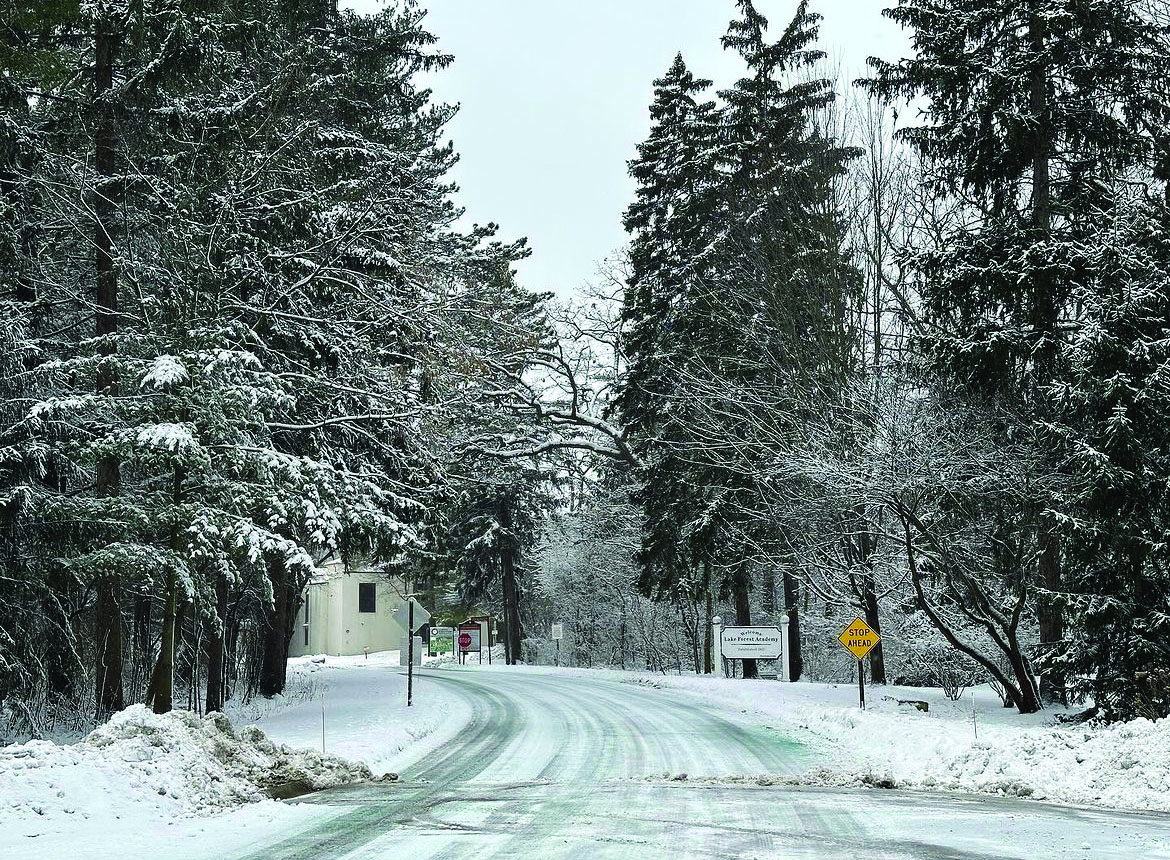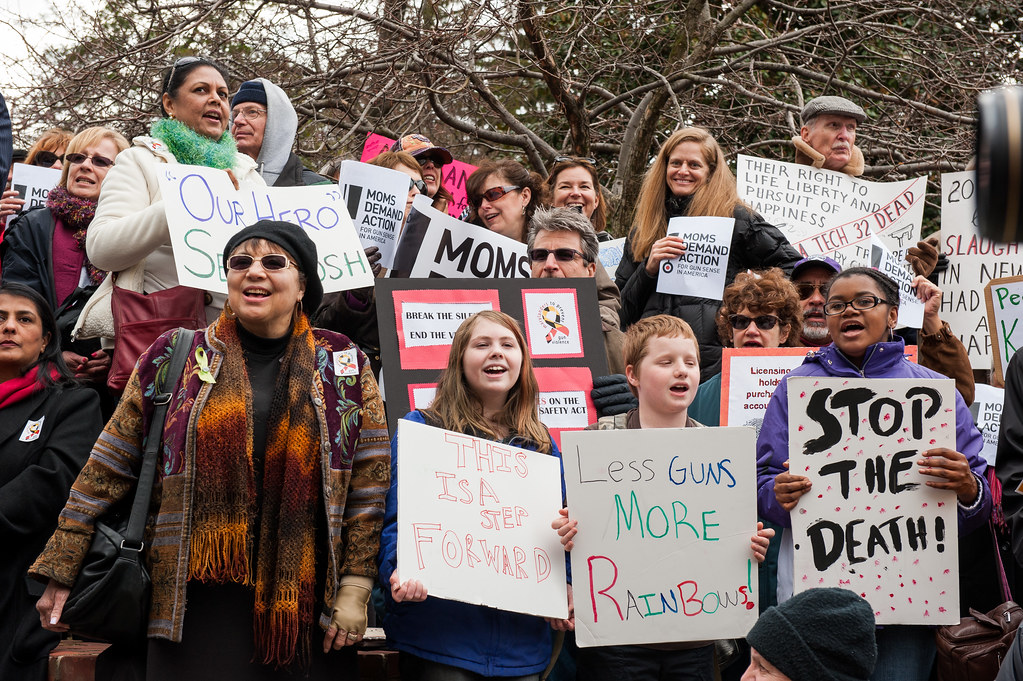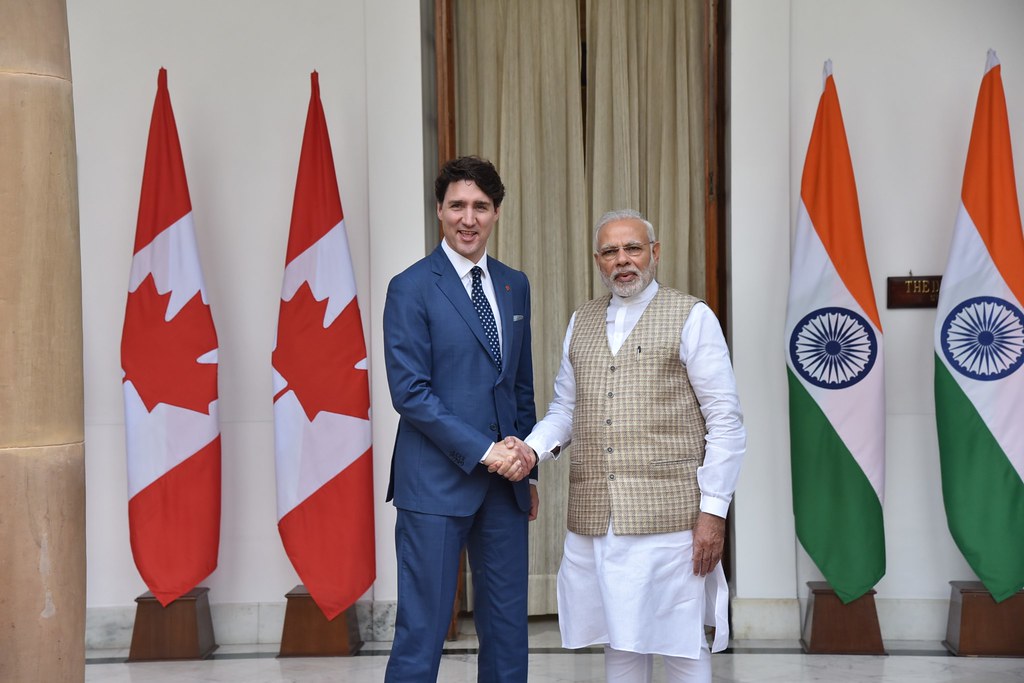In recent years, our world has witnessed numerous incidents where large crowds have become fatal, with outrage and the need to fix it. Ranging from protests to larger events like concerts and sports games, the handling of crowds by the people in charge of it has been under intense inspection due to the tragic incidents that have been appearing frequently. These events serve as reminders of the dangers inadequate crowd management measures may propose to our world, oftentimes in areas where it’s least expected.
A tragic example of this was the events at the Astroworld concert, which highlighted limited preparation and a poor understanding of what the night would look like. What was originally supposed to be a night of celebration and memories, quickly turned into chaos with multiple fatalities and injuries that came to the attention of the people. The injuries came from a crowd surge, as people pushed to get closer to the stage and performance, causing a lot of panic throughout the scene. As they surged forward, some got crushed against one another and were trampled beneath the crowd, resulting in injuries and even some deaths. Security figures did not address this incident quickly enough with the show continuing before people realized that something bad was occurring in front of the stage. Questions quickly came regarding crowd management and emergency protocols, as little to no safety measures were seen during the tragedy, which played a key role in the eventual outcome.
A smaller but more recent example of this happening is the Kansas City Chiefs Super Bowl Parade. In a moment of excitement, as the players made their way through the city, a few gunshots went off causing a mass scramble for safety as nobody knew the severity of the moment. It later surfaced that it was an altercation between two people with limited relation to the event, yet it still put a wide variety of harmless humans in danger and left them frightened and traumatized.
Campus Safety and Security Manager here at LFA, Norman Sydnor, stated that “Nothing can prepare you for individuals who use these events to settle outside disputes.” In response to these challenges, there is a growing voice calling for more law enforcement practices. Whether that’s learning de-escalation techniques or preparation to ensure it doesn’t happen in the first place, there is an urgent need to reform how crowd control is approached. People hope for improved coordination between law enforcement agencies and event organizers, to minimize the danger of others.
Beyond the response to incidents, proactive measures are crucial to preventing incidents like these. Thorough planning involving crowd numbers and practicing various simulations can identify areas of improvement before the event. Adequate staffing including trained security personnel and medical staff ensures good crowd management.
Effective crowd safety requires good communication between event staff, law enforcement and emergency services. This includes having various protocols just in case the worst comes to worst. Practicing these various protocols could do a great job of preventing the worst if it is to happen.
Different events can use different technology to help prepare for crowd safety issues as well. Real time crowd monitoring systems can try to identify potential issues early on keeping staff on top of situations even before they occur. Using communication tools and designed communication channels for reporting potential incidents empowers both the staff and attendees to a safe, secure environment.
Learning from the past is most important when it comes to crowd safety and crowd control. Each incident serves as a learning opportunity to not make the same mistake the next time. Investigating where something may have gone wrong and sharing the best practices for crowd safety provide a way to find different systematic issues and helps develop solutions for the future. Implementing these into the planning process of a big event can drastically reduce the number of crowd safety incidents at various events.
Ultimately, the deaths resulting from flawed crowd control measures serve as a reminder of the urgent need for improvement. Using the techniques mentioned can be a small way to prevent further incidents from occurring. Communication is key and by responsibly addressing systemic drawbacks, authorities can gain public trust, and prevent future affliction.











